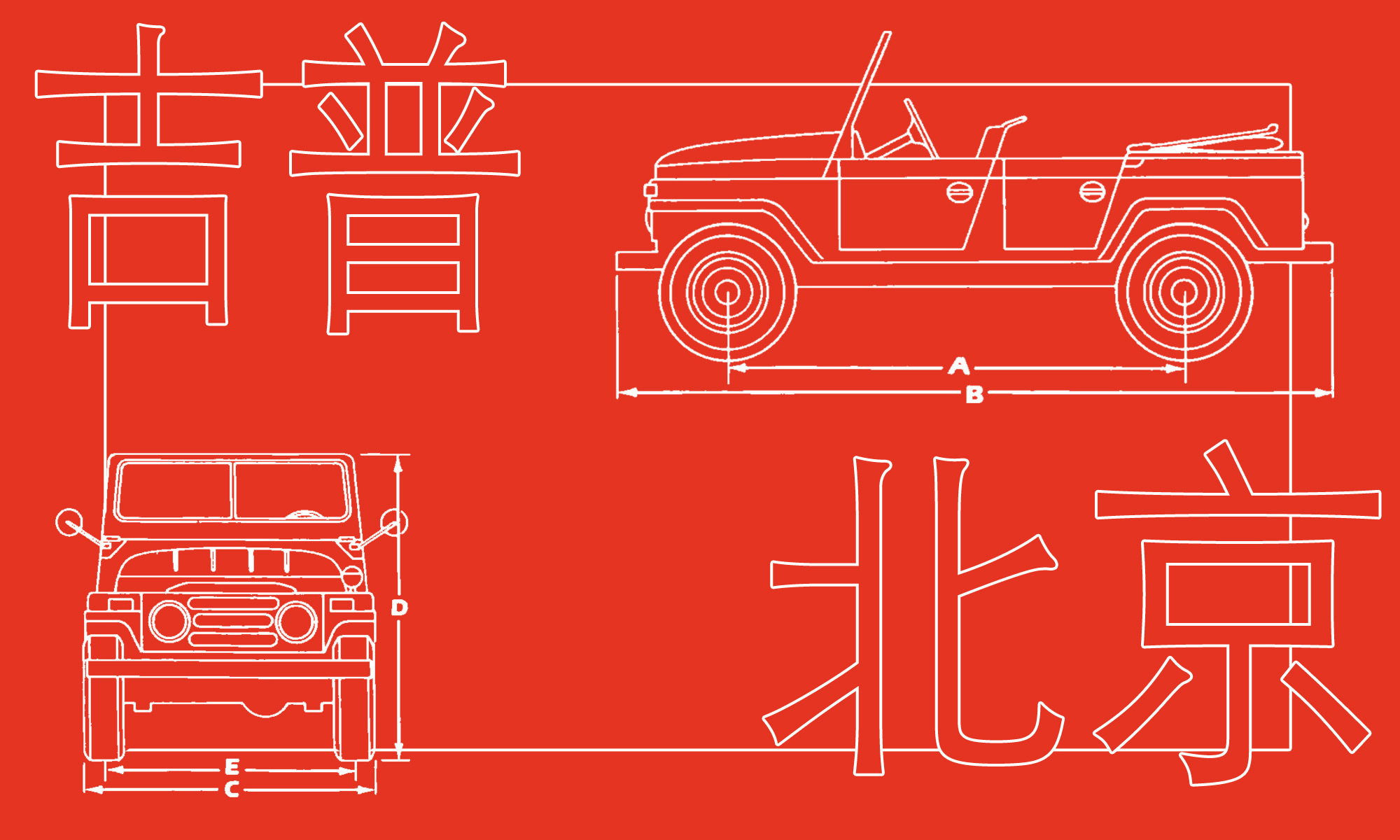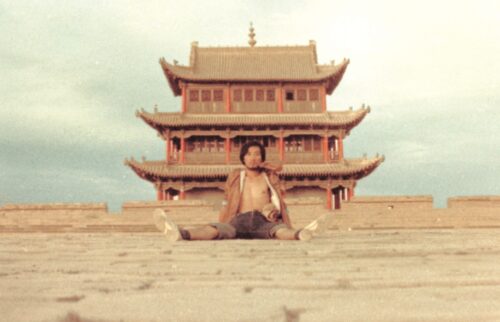This is book No. 27 on Paul French’s Ultimate China Bookshelf.

Blurbs:
“The story of how AMC’s 1979 joint venture to produce Jeeps in Beijing ended in tears is perhaps the closest thing to a classic work on doing business in post-Mao China. It’s required reading for anyone venturing to the world’s most populous nation.”
—Fortune
“The best ‘business’ book previously written about China is probably Jim Mann’s Beijing Jeep, an account of the ill-fated auto joint venture in China’s early days of experimenting with capitalism.”
—Time
“I greatly enjoyed the first edition of Beijing Jeep, which I found to be fast-paced, informative, and sadly funny. I am confident this update will tug new readers into the arcane world of doing business in China.”
—Jonathan Spence
“If you think the Soviet bloc’s upheavals will create instant riches for Western investors, Beijing Jeep will sober you up.”
—Newsweek
About the author:
James Mann is a Washington-based journalist and author. Early in his career, he worked for the Washington Post and was involved in reporting the Watergate scandal. He has written a series of nonfiction books, including three about China, focusing on America’s relationship with the country. Beijing Jeep was the first, followed by About Face: A History of America’s Curious Relationship With China From Nixon to Clinton (1999), and The China Fantasy: How Our Leaders Explain Away Chinese Repression (2007). He has also written extensively on American foreign policy. Most of his newspaper career has been with the Los Angeles Times, including his stint as the paper’s Beijing correspondent.
The book in 150 words:
Mann’s classic story is about one of the earliest and most spectacular Sino-U.S. joint ventures: AMC’s 1979 JV to produce Jeeps in Beijing. The heady, hopeful early days of economic engagement. Detroit feeling bullish on China; China rushing to open up. In a country of restricted infrastructure and rather bumpy roads, the Beijing Jeep seemed like the answer to everyone’s auto-related prayers. But AMC’s saga — from exported kits to Chinese assembly lines, the logistical infrastructure for parts and repairs, the management snafus — is no straightforward “them against us” battle. Both sides made major errors and major concessions; both sides spent time with their heads in the sand and stuck in the mud of fixed thinking. But then the amazing thing about Beijing Jeep is that then, in 1979 and into the early ’80s, there was no “road map,” no case studies for JVs in China. It was virgin — and quite expensive — territory.
Your free takeaways:
Invite Chinese officials to Las Vegas? Why not? To the corporate executives of the American Motors Corporation, it seemed like a perfectly good idea, although nobody now remembers thinking about it too much.
Later, American Motors officials would admit that the Las Vegas meeting had been a disaster. If there was anything they had learned about China, they said, it was this: Don’t take the Chinese to Las Vegas. Three years later Chairman Wu recalled that American Motors had confessed to spending $1 million, one million dollars, on that dealer show.
Thousands of western business executives found themselves reevaluating their company’s prospects in China following the events of spring 1989. China, it turned out, was not as safe and as stable as they had thought.
I do not mean to argue that AMC’s experiences were typical in all ways of all foreign companies setting up shop in China. Indeed, as the later chapters of the book make clear, AMC’s joint venture, Beijing Jeep, eventually became a special case, a “model” JV, whose favored treatment made it decidedly atypical.
Why this book should be on your China bookshelf:
First of all, Jim Mann and AMC were early birds into China — and they got the worm…sort of. Those early Jeeps were quite a drive: The tires were a problem, the gear crunched through the box, they sluggishly got up a bit of speed — but they were great for the defensive driving style that was required on China’s roads when just about every other driver had gotten their license last week (and not always legally).
Effectively, Beijing Jeep is a history book now. Its value as a guide to doing a JV in China is minimal, except perhaps to suggest that caution should be exercised by all sides at all times and that really, whatever the constraints, everyone wants to get a deal done. As we saw with book No. 25 and book No. 26, whatever the business — bottled beer, Wham! gigs, or, in this case, Jeeps — everyone wants a good end result.
And, of course, timing is everything. AMC understandably wanted to sell to China’s vast domestic market and to use low-cost Chinese labor in its supply chain. The Chinese offered ongoing subsidies, at least until Chrysler acquired AMC. The change of ownership in the States and the Tiananmen Square massacre in China changed everything. Neither side could control the decisions that led to those two very different, but major, events.
So what is the value of an old, outdated, past and gone (though you may still spy the odd original Beijing Jeep on the streets) joint venture? The American and Chinese car industries have moved on. Within two years, we were all obsessing over the (then seemingly fantastical) GM billion-U.S.-dollar investment in China. A number mind-boggling to most of us back in those days. But perhaps, if at this time of rather rocky Sino-U.S. relations and a rather depressed JV market, we want to understand both sides of how we got to where we are, then looking at these early ventures can be instructive.
It is also a lot of fun to read about, and spend some time with, characters like Simon Napier-Bell, Tim Clissold, and the team at AMC, who all pursued their dreams of China, success, and putting a little money in a few pockets. They all had gusto and enthusiasm — they made some money, they lost some money, and they all got great dinner party stories out of it, if nothing else.
Next time:
And so it’s time to go-go from Wham!, filthy beer bottles, rickety Jeeps…time to change tack. Time to reverse the optic and look at a few accounts of the Western world from Chinese travelers who — like all good travel writers — wrote about their experiences abroad — in the United States, Europe, and Africa — while saying a lot about their home country and culture.
Check out the other titles on Paul French’s Ultimate China Bookshelf.







